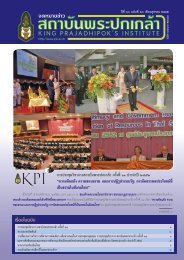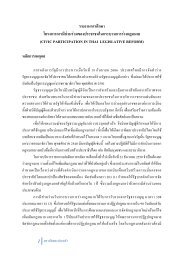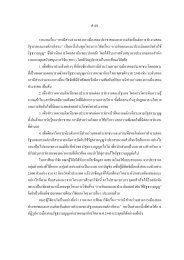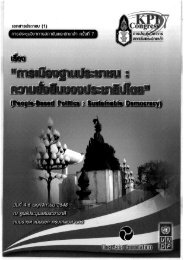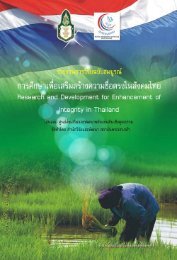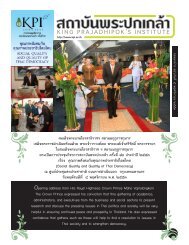SUFFiciENcy EcONOMy ANd GRASSROOtS DEvElOPMENt
SUFFiciENcy EcONOMy ANd GRASSROOtS DEvElOPMENt
SUFFiciENcy EcONOMy ANd GRASSROOtS DEvElOPMENt
You also want an ePaper? Increase the reach of your titles
YUMPU automatically turns print PDFs into web optimized ePapers that Google loves.
The Meaning of Sufficiency Economy <br />
International Conference<br />
323<br />
future of the state and thus their education must be emphasised. This will also help<br />
reduce and eradicate poverty in a phased planned manner. Various programs like<br />
RIGHT TO EDUCATION, Prodh Shiksha Kendra for aged persons has been<br />
launched to increase the literacy rate in the India. <br />
4) National Rural Health Mission (NRHM) <br />
It was launched in April 2005 (in the Tenth Plan) for a period of seven years<br />
(2005-12) with a view to bringing about dramatic improvement in the health system<br />
and the health status of people in the country. Beside this government has launched<br />
various schemes like free medicine for TB and other diseases, free vaccination for<br />
the polio and other diseases. Government also provide monetary reward to the ladies<br />
who are willing to do delivery of child in the hospital or primary health care situated<br />
in the village. <br />
5) NREGA (National Rural Employment Guarantee Act) <br />
This scheme was launched by government of India with the vision of<br />
providing at least 100 day employment in the local area in order to put a halt on the<br />
migration. This scheme has been seen as a successful. <br />
6) Nurseries <br />
Decentralised nurseries have been encouraged in many villages to raise good<br />
quality saplings. Apart from reducing carriage costs the more important objective is<br />
to encourage people and institutions to raise their own plants to meet their own<br />
requirements and to be self-reliant in the long run. Decentralised nurseries are in the<br />
forefront of providing information regarding the time and techniques of seed<br />
collection and nursery techniques of many tree species. There are currently <br />
15 nurseries in the villages. <br />
These schemes deal with the factors responsible for the migration of the local<br />
peoples (Fig 1). In order to know the impact of these schemes a survey has been<br />
conducted. Survey has been conducted in the villeges of the Almorah (Lilam,<br />
Bogdyar, Rilgiri, and Burphu). <br />
Question on the following factors has been asked to know the real impact of<br />
these schems discussed above. <br />
1) Education <br />
2) health <br />
3) employment, <br />
4) credit facilities <br />
5) skill development



